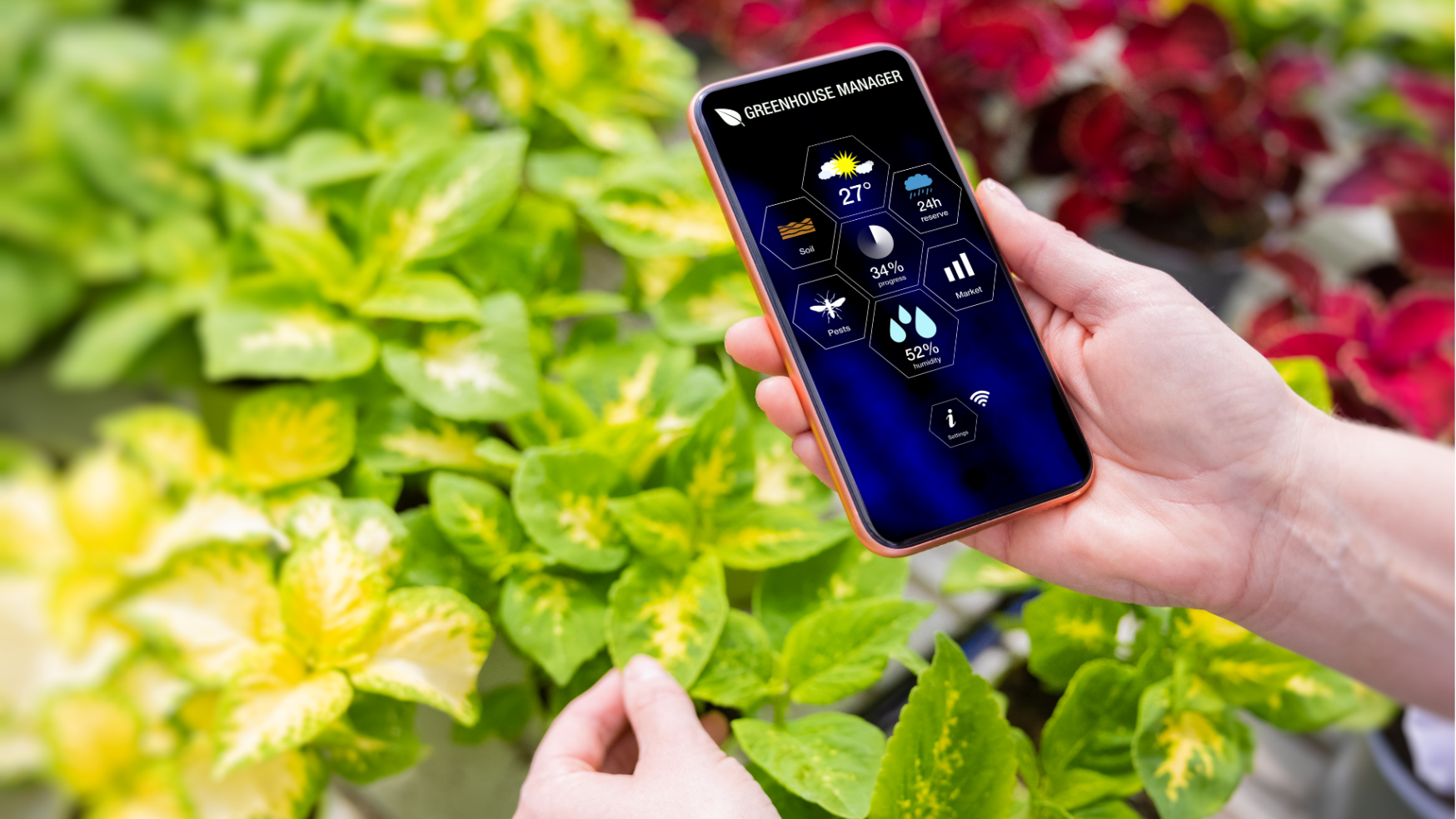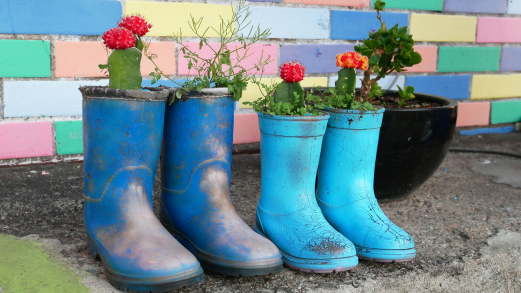Like many activities we engage in, gardening is subject to fashion and trends. So what are the current directions? Do they have anything to do with changing gardening’s impact on the planet? Or with healthy food production?
We consulted online articles from 12 different organisations which provided their analysis of garden trends for 2018 – 2019. We can identify 17 different trends, among them 9 were noted by 2 or more organisations. Although we present them as though they are part of a competition and allot them places, being a “winning” trend does not mean we endorse it or encourage you to follow.
The “Winning” Trends

1. Outdoor Rooms
Identified by six organizations, bringing features of the indoors to the outside is top of the list. Features to be included outdoors were comfortable soft seating, cooking facilities, fire-pits and sometimes even an area which is just like a room with roof and rain-and wind-proofing via zip-up plastic blinds.
2. Sharing 2nd Place
Five organizations noted these trends:
a. Edible Gardens
This type of garden is either in the form of dedicated vegetable patches (like that at the top of the page) or “foodscaping” i.e. including edibles among other plants for both their edible and decorative values.
b. Robo-Gardening
Robo-Gardening
A new term that indicates the use of technologies ranging from apps, drones, automatic watering systems and moisture detectors to motorized awnings, LED lighting and glow rocks.
3. Sharing 3rd Place
These trends were identified by four organisations.
a. Indoor Gardening
This takes the form of any style of indoor plant growing – ornamental plants in individual pots, jarrariums, edibles or herbs and even whole plant walls in restaurants. Apparently the share of revenue from indoor plant sales in growing nurseries has increased by 1.7% worldwide (The Age, 24-03-2019).
b.  Climate Change Gardens
Climate Change Gardens
Included in this trend are gardens that minimize water use by using drought-tolerant and resilient plants, that recycle both hard and soft materials, reduce chemical use and are extra low-maintenance.
4. Shared in 4th Place
These were noted by 3 organisations:
a. Habitat Gardens
These use native plants specifically to provide food and shelter for native birds and animals.
b. Home Sanctuary Gardens
Those that provide features to enhance contemplation and a peaceful atmosphere. They include water features and Zen gardens with raked stones and a few carefully placed plants or ornaments.
5. Sharing 5th Place
Two trends were identified by 2 organisations.
 a. Texture
a. Texture
This is the use of a greater variety of textures in wall and ground treatments – pebbles, brick and sand combinations, wood and natural stone in combination, growing grass or other ground covers in between pavers and decorative mulches around plants.
b. More Attention to Plants than Hard Structures
There seems to be a tendency to give gardens their structure and contrast through different size and types of plant rather than using walls and hard features.
6. Eight other trends were identified:
Just one organisation listed these:
- Younger people (millennials) engaging in gardening
- Window Gardens – designed to be viewed through a window
- Topiary
- Unusual Features – painted rocks or sculptures and other ornaments
- Bright colours – either as flowers or furniture
- Concrete everywhere – from pavers, flooring, barbecues to even kitchen benches in outdoor rooms
- Swimming pools
- More professional design
What can we conclude?
Are we seeing a tendency to integrate more with the natural world? Many trends suggest that – outdoor rooms, indoor plants, more attention to plants in landscaping, greater focus on growing our own food, providing habitat and reducing impacts through climate change gardens.
But is having outdoor rooms that are just like indoors indicative of sustainability when they duplicate indoor facilities, waste resources and shut nature out? What about robo-gardening, concrete everywhere, bright unnatural colours and contrived artificial topiary – are they attempts to dominate nature for our own ends? Robo-gardening may, in the long run, reduce water use and make monitoring more efficient, but the use of electricity for motor-driven machines and other devices, tends to replace human energy and brain power with largely coal-fired power.
Maybe these contrasting trends are in different parts of our society – those who recognize they are part of the natural world and wish to be closer to it, protect it and reduce climate change and its impacts and those who wish to control it or who see it as threatening or too difficult to manage while they fulfill their personal needs.
At SGA we are delighted to see the trends towards eco-friendly gardening, waste minimization, water saving, wildlife protection and local food growing, especially among millennials who are now 29% of gardening households! We try to encourage these trends, provide the tools to do so and we depend upon you to do the same.
Related Articles:
Citizen Science: A Pathway to Gardening Success and Biodiversity Conservation
In recent years, the realm of science has experienced a remarkable transformation, one that invites people from all walks of life to participate…
A Sustainable Gardener’s Guide to Thrifty Gardening
Creating an eco-friendly and cost-effective garden involves more than just nurturing plants; it's about adopting a sustainable approach that…




